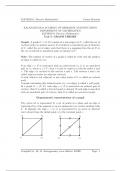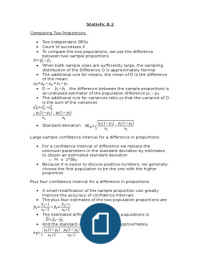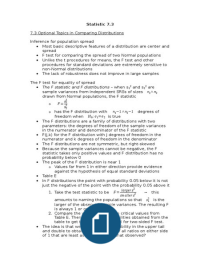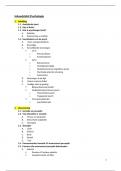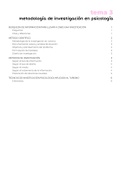Summary
Summary Graphs
- Module
- Institution
This document offers a concise overview of key concepts in graph theory, including graph representation, Eulerian and Hamiltonian graphs, and algorithms for constructing minimum spanning trees. It covers essential topics such as matrix representation of graphs and introduces algorithms like Kruskal...
[Show more]
